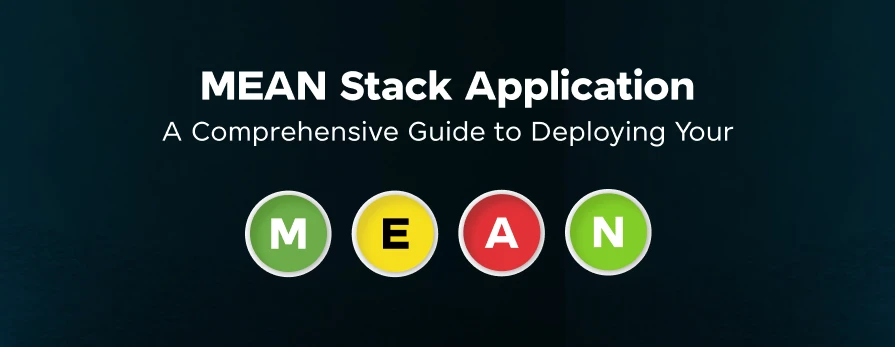
A Comprehensive Guide to Deploying Your MEAN Stack Application
Sep 05, 2024 4 Min Read 2260 Views
(Last Updated)
Deploying a MEAN stack application, which combines MongoDB, Express.js, Angular, and Node.js, is an important skill for modern full-stack developers. In this blog, we’ll walk you through the process from the initial setup to launching your application into production.
This post will provide you with essential insights into integrating and optimizing each component of the MEAN stack for a successful deployment. Let’s explore and get your application up and running smoothly!
Table of contents
- What is MEAN Stack Deployment?
- MEAN Stack Application Deployment
- Preparing the Application
- Choosing a Hosting Environment
- Deploying the Database
- Configuring the Server
- Launching the Application
- Maintaining and Monitoring
- Conclusion
- FAQs
- What are essential security measures for a MEAN stack application during deployment?
- How do you manage database migrations in a MEAN stack application?
- What common challenges might occur during MEAN stack deployment and how are they resolved?
What is MEAN Stack Deployment?
The term “MEAN Stack Deployment” refers to the process of taking an application built using the MEAN stack—a combination of MongoDB, Express.js, Angular, and Node.js—and making it available for use on a live server environment. This stack is a popular choice for developing full-stack JavaScript applications. Each component of the MEAN stack has a specific role:
- MongoDB: A NoSQL database that stores data in a flexible, JSON-like format.
- Express.js: A web application framework for Node.js that simplifies the development of server-side logic and provides essential backend functionalities.
- Angular: A front-end web application framework maintained by Google, used to build dynamic single-page applications with a clean and modular structure.
- Node.js: A JavaScript runtime environment that allows you to run JavaScript on the server side.
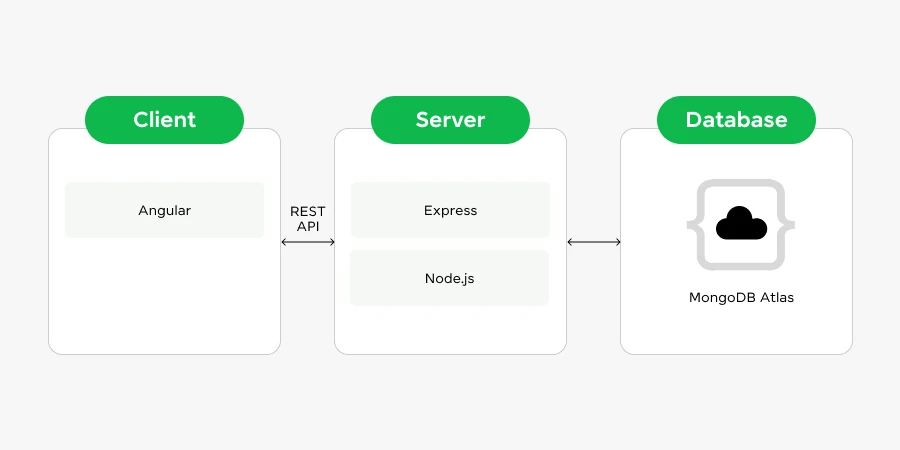
Ready to master MEAN Stack development? Enroll now in GUVI’s MEAN Stack course to build dynamic web applications from scratch!
With an understanding of MEAN Stack deployment, let’s now explore how to deploy a MEAN Stack application efficiently.
MEAN Stack Application Deployment
Deploying a MEAN stack application is a comprehensive process that requires careful planning and execution to ensure that the application runs efficiently, securely, and is scalable. Here’s a detailed look at each step involved in this process:
1. Preparing the Application
Preparation is key to ensuring the application transitions smoothly from development to production. This stage involves thorough cleaning and optimization of the code, setting up secure and scalable configurations, and establishing robust error management to handle potential failures gracefully.
The objective is to ensure that the application not only functions optimally but also maintains high security and scalability under diverse loads.
- Code Cleanup: Remove unnecessary debugging and development traces to streamline performance.
- Set Environment Variables: Configure sensitive settings such as API keys and database credentials outside the codebase for enhanced security.
- Optimize Database Connections: Ensure that the database connections are efficient, secure, and capable of scaling with increased demand.
- Robust Error Handling: Develop a system to manage and log errors effectively, minimizing downtime and improving user experience.
- Comprehensive Testing: Conduct a range of tests, including unit, integration, and stress tests, to ensure all components work seamlessly together.
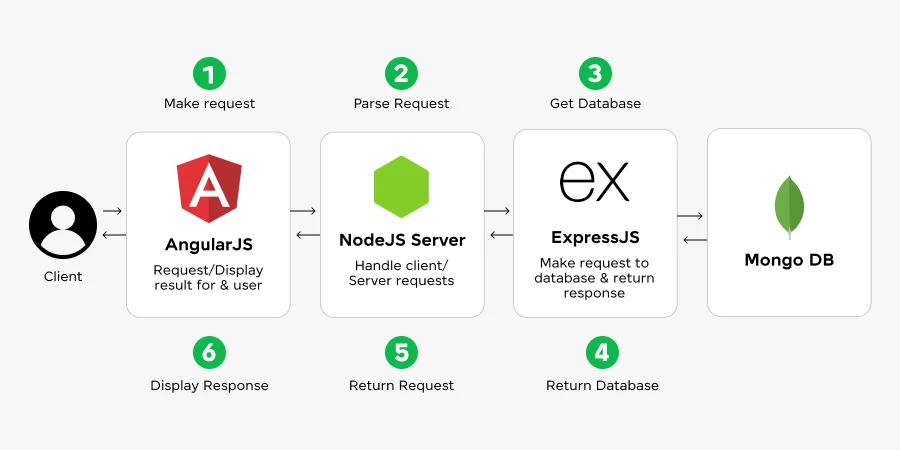
Also Read: Top 24 Full Stack Developer Interview Questions & Answers
2. Choosing a Hosting Environment
The hosting environment plays an important role in the application’s performance and scalability. The right environment should support the specific needs of the MEAN stack while providing robust security features, efficient scalability options, and reliable customer support. This decision affects every aspect of application delivery, from speed and availability to security and maintenance.
- Evaluate Hosting Providers: Look into various providers to assess their compatibility with MEAN stack requirements and your specific needs.
- Data Center Locations: Choose server locations that optimize latency for the majority of your users.
- Scalability Options: Ensure the hosting solution can scale resources quickly to handle load increases without performance degradation.
- Security Features: Prioritize hosting services with strong security protocols to protect your data and application from attacks.
- Support and SLAs: Consider the quality of customer support and the specifics of service level agreements, which will guarantee uptime and quick resolutions to issues.
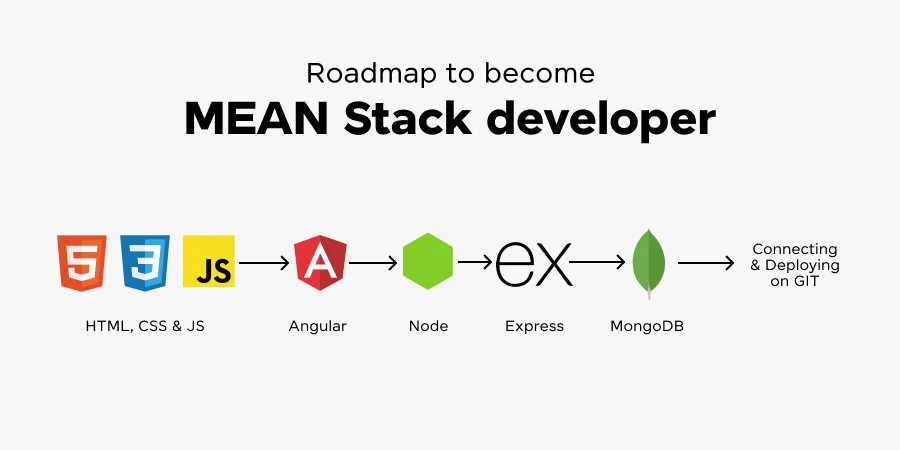
Also Read: Full Stack Developer Roadmap: A Complete Guide [2024]
3. Deploying the Database
Database deployment involves more than installation; it requires careful configuration to ensure performance, security, and reliability. The process must establish a robust framework for handling large volumes of data and high concurrency, which are typical of scalable applications. Proper database setup will directly impact the application’s responsiveness and reliability.
- Use MongoDB Atlas: Opt for a managed database service that provides automated backups, scaling, and monitoring.
- Secure the Database: Implement comprehensive security measures including network isolation, encryption, and regular security audits.
- Performance Tuning: Apply optimizations such as indexing and query optimization to enhance database performance.
- Data Migration Strategy: Develop a clear and effective strategy for migrating existing data to the new database setup without significant downtime.
- Enable Monitoring: Implement tools to continuously monitor database performance and alert administrators to potential issues.
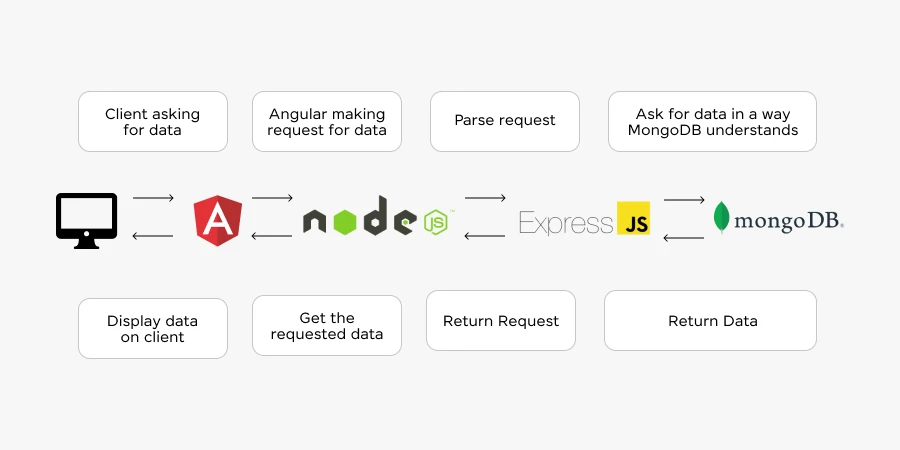
Also Read: Best-Known Roles & Responsibilities of Full Stack Developers in 2024
4. Configuring the Server
Configuring the server is a technical process that requires attention to detail to ensure that all elements of the MEAN stack are optimized for high performance and reliability. This involves installing and configuring the backend environment, managing dependencies, and setting up a robust server architecture that can handle the application’s demands.
- Install Node.js and Express.js: Make sure the server is equipped with the latest and compatible versions of Node.js and Express.js.
- Manage Dependencies: Use npm or Yarn to manage library dependencies efficiently and ensure they are up to date.
- Configure a Reverse Proxy: Set up a reverse proxy like Nginx or Apache to optimize request handling and improve security.
- Implement Process Management: Utilize process managers such as PM2 to ensure your application remains operational, managing restarts and crashes efficiently.
- Optimize Server Settings: Tweak server configurations to get the best performance out of Node.js, focusing on resource management and load handling.
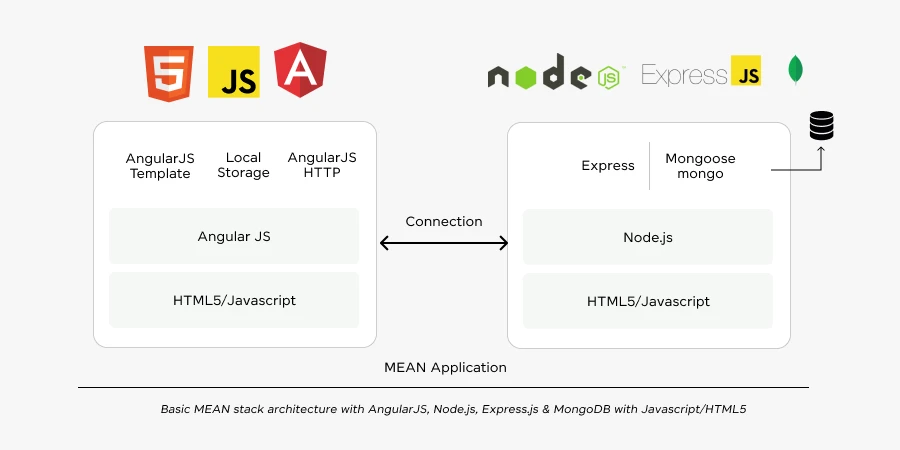
Also Read: Top Full-Stack Developer Skills in 2024
5. Launching the Application
Launching involves meticulously combining all elements of the stack to ensure they function together seamlessly. This phase is important as it includes the final deployment to production servers, where all components must interact perfectly to serve end-users efficiently. The process requires careful planning, testing, and monitoring to ensure a smooth launch.
- Deploy Application Code: Use a controlled approach, using version control systems to manage deployment.
- Manage Static Files: Ensure efficient delivery of static assets by optimizing storage and distribution, possibly using a CDN.
- Start Services: Initiate all server and application services, verifying they work as expected.
- Perform Smoke Testing: Run smoke tests to ensure all critical components of the application function as expected.
- Automate Deployments: Implement CI/CD pipelines to streamline future deployments and minimize human error.
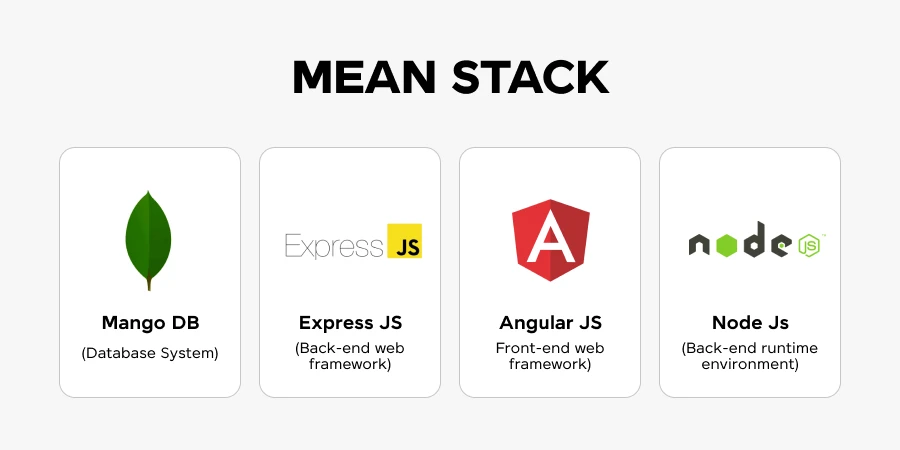
Also Read: Top Full Stack Development Trends for 2024: What to Expect
6. Maintaining and Monitoring
Post-deployment, the focus shifts to maintaining and monitoring the application to ensure it continues to operate efficiently and securely. This involves setting up comprehensive monitoring systems to track performance, regularly updating components, and quickly addressing any operational issues. Regular maintenance ensures the application remains robust, secure, and responsive over time.
- Set Up Monitoring Tools: Implement tools that provide real-time insights into application performance and system health.
- Regular Updates: Keep the system and its components updated to protect against vulnerabilities and optimize performance.
- Performance Assessment: Continually assess application performance to identify and resolve issues promptly.
- Data Backups: Implement a routine backup schedule to protect data integrity and allow for quick recovery in case of failure.
- Incident Management: Establish a clear plan for dealing with system failures or security breaches to minimize downtime and data loss.
Must Explore: Best Full-Stack Development Project Ideas in 2024
Each of these steps is important for deploying a MEAN stack application successfully, ensuring it is secure, performs well, and remains scalable as user demand changes.
Curious about how you can become a skilled full-stack developer and build powerful web applications from scratch? GUVI’s Full Stack Development Course will provide the skills you need to excel in the tech industry.
Conclusion
As you continue to develop and enhance your MEAN stack applications, we encourage you to explore further enhancements and consider integrating additional features. This could include getting into more advanced security practices, experimenting with microservices architectures, or incorporating machine learning capabilities to provide richer, more dynamic user experiences.
Also Read: The Future & Scope of Full-Stack Developers in India
FAQs
What are essential security measures for a MEAN stack application during deployment?
Implement SSL/TLS for secure data transmissions, use environment variables for sensitive configurations, enable authentication and encryption in MongoDB, validate all inputs to prevent injections, and regularly update all stack components for security.
How do you manage database migrations in a MEAN stack application?
Plan migrations carefully, backup data before making changes, use tools like mongoose-migration for structured updates, test in a staging environment, and monitor performance closely after deployment.
What common challenges might occur during MEAN stack deployment and how are they resolved?
Address performance issues through query optimization and scaling, manage deployment errors with compatible dependencies and Docker, enhance security with continuous updates and best practices, and prepare for scalability with load balancing and CDN usage.























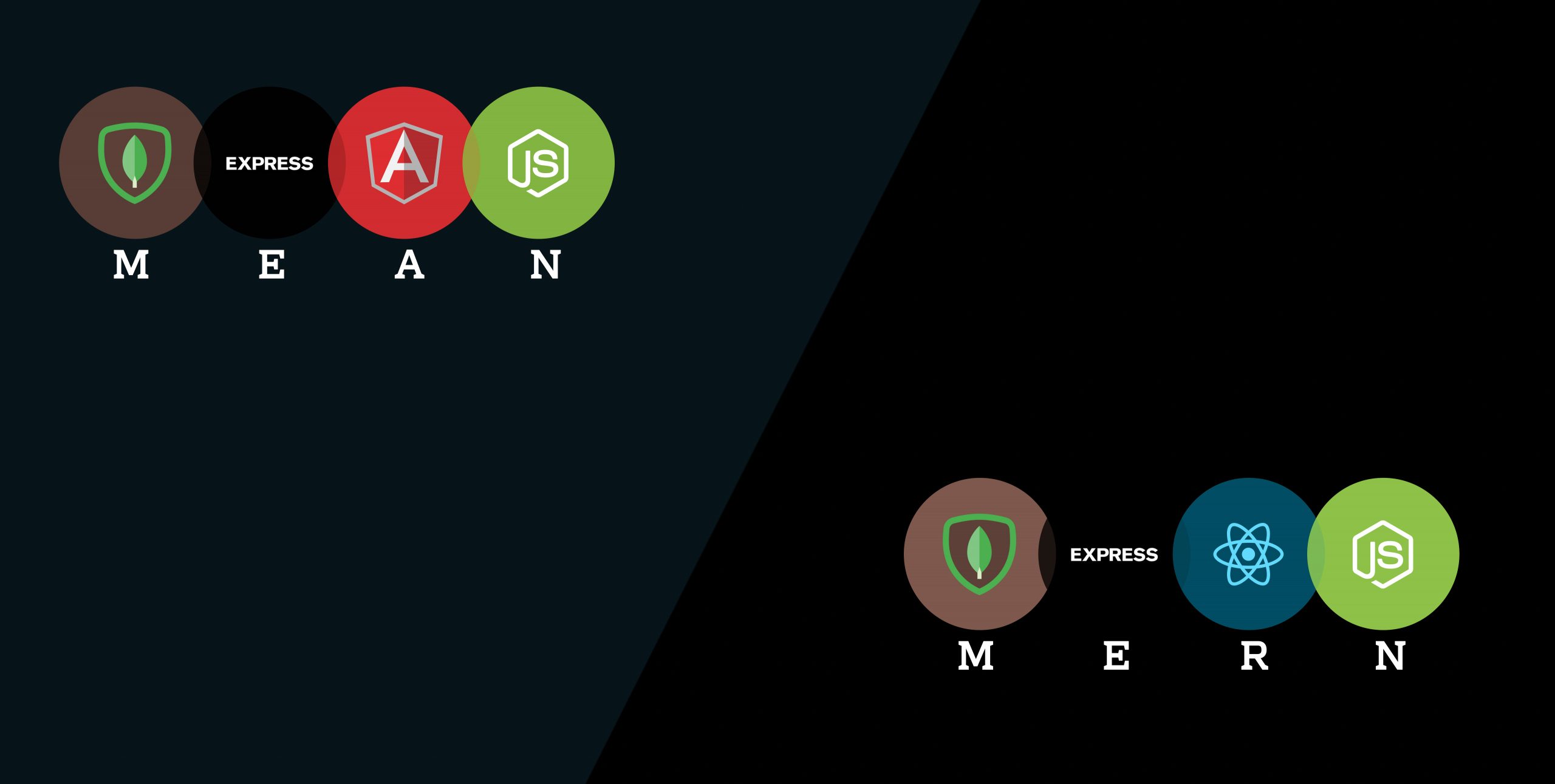
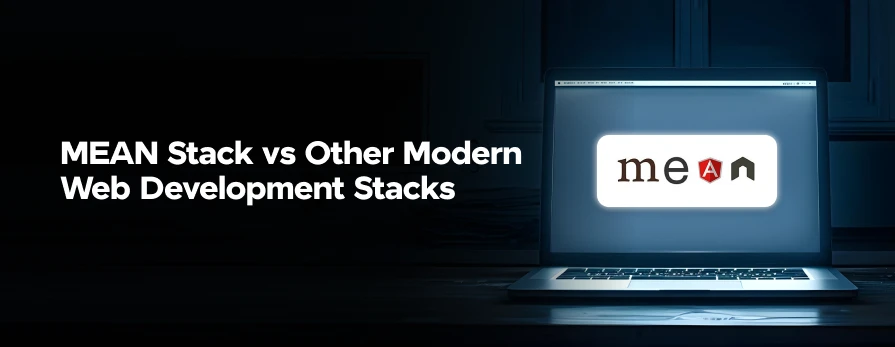
Did you enjoy this article?